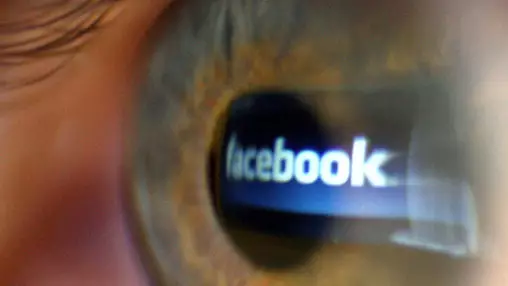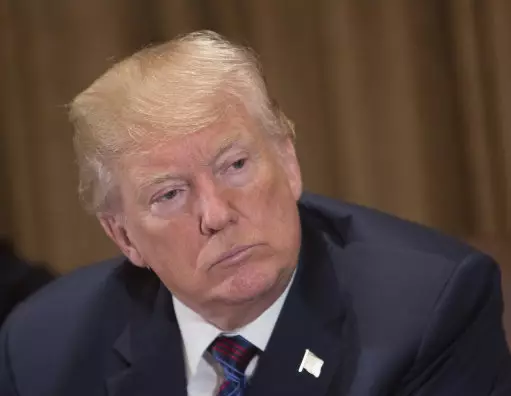
With the internet and social media becoming more amalgamated with our everyday lives, it can be hard for those not versed in traditional media to tell the difference from a reliable source and the latest viral TikTok video spouting conspiracy theories.
Because of the explosion of social media explosion in the past few years, and the misinformation that comes with it, key figures have suggested that US schools should teach students how to identify fact versus fiction when it comes to news.
School teacher-turned-state lawmaker Barbara McLachlan said that between blogs, Facebook, and Twitter, it's becoming increasingly important to teach young people that you can't always trust what you read on the web.
Advert
"Whenever somebody starts off a sentence with 'I read somewhere that this happened,' you think, 'Wait a minute.' I think we all need to be a little distrustful about where people are getting their information," McLachlan said.

Her suggestion comes following a study by Stanford University which found a worrying 82 per cent of students couldn't tell the difference between an online ad and a news story.
McLachlan and fellow State Representative Lisa Cutter are now pushing for a bill that would see a focus on improving media literacy among kids in Colorado schools.
Advert
"We don't want to teach kids what to think," says Cutter.
"We're not taking a stand that one side is right and another is wrong, or one outlet is good and one outlet is bad. We just want to give them the tools so they can figure it out and understand what makes a credible source, and then they can form their own opinions about that information.
"So it's not like everybody stops and says 'Okay, now we're going to do a unit on media literacy.'
"It's every time you do a research paper, every time you're having a discussion in class and you're referring to an article or something on TV, that's where media literacy will be taught."

There has been a massive rise in misinformation online and Donald Trump spent four years of his administration calling reputable news agencies 'fake news'.
Advert
That caused people across the country to question the accuracy of left-leaning news organisations.
Cutter added that between the US political climate and the current coronavirus pandemic, there has never been a more vital time to teach students this skill.
"There are outside entities that are trying to sow distrust in public health, in vaccines," Cutter said.
"They've traced some of that to China, Russia with election meddling. So I absolutely, firmly believe this will lead to a healthier democracy and society.
Advert
"I believe this is a fundamental part of our democracy - good information allows us to hold those in power accountable."
Featured Image Credit: PATopics: US News